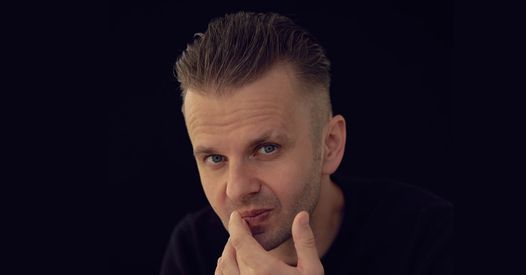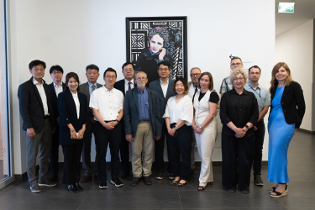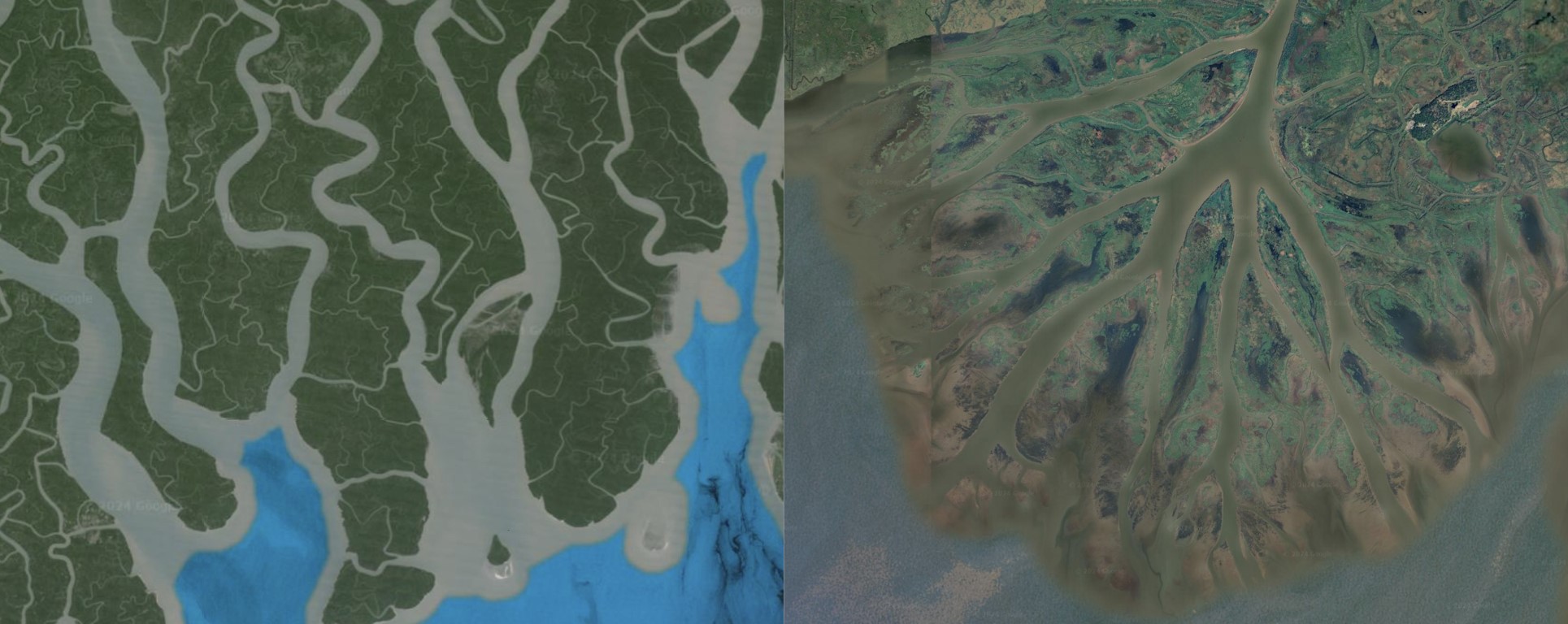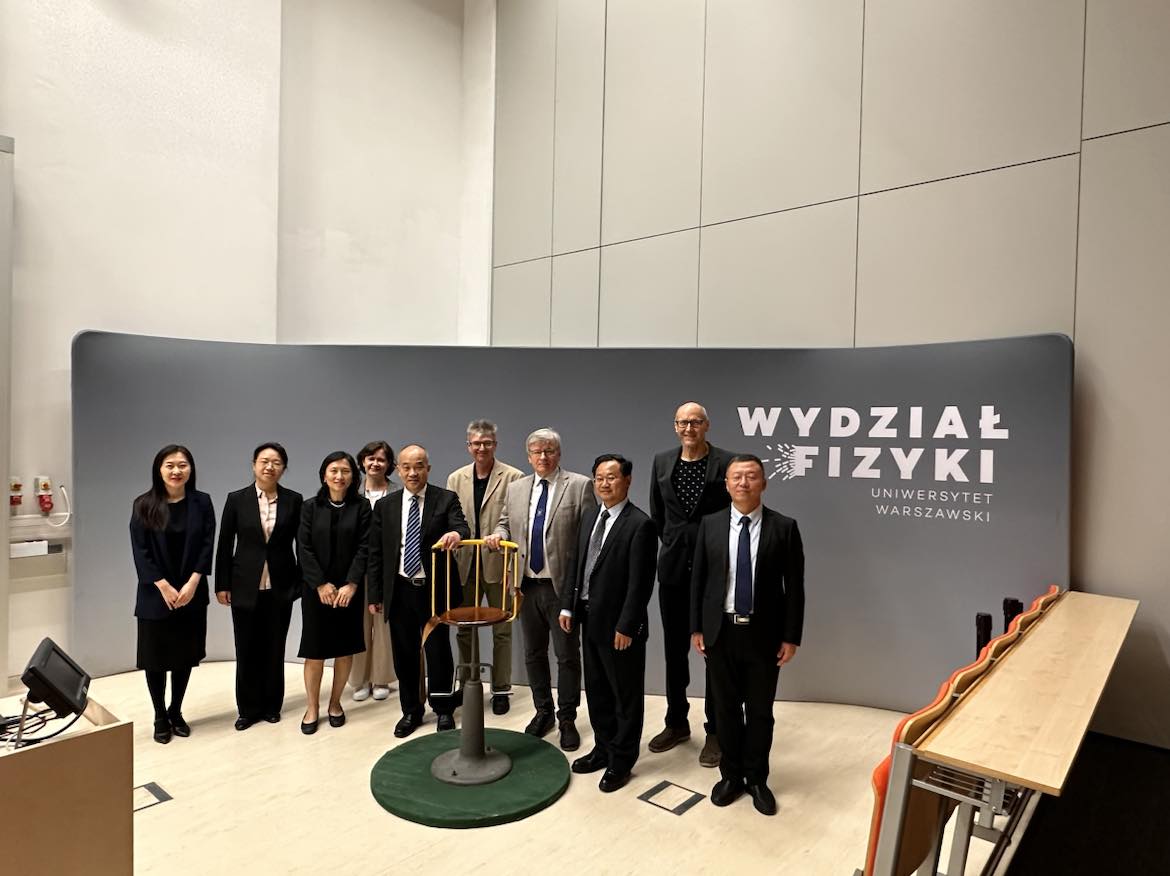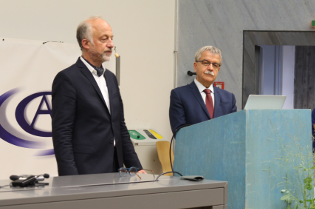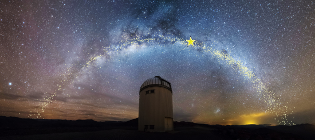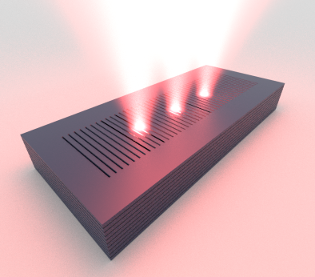Faculty of Physics
Welcome to the website of the Faculty of Physics at the University of Warsaw
The Faculty of Physics is a large research and teaching center. It consists of The Institutes of Theoretical Physics, Experimental Physics, Geophysics, The Astronomical Observatory and The Department of Mathematical Methods in Physics.
The Faculty is regarded as one of the best in the country, recognized internationally for the high quality of research and education.
News
Tachyons “enfant terrible” of modern physics
Tachyons are hypothetical particles that travel at speeds greater than the speed of light. These superluminal particles, are the “enfant terrible” of modern physics. Until recently, they were generally regarded as entities that did not fit into the special theory of relativity. However, a paper just published in “Physical Review D” by physicists from the University of Warsaw and the University of Oxford has shown that many of these prejudices were unfounded. Tachyons are not only not ruled out by the theory, but allow us to understand its causal structure better. | More
Korean delegation visited FUW
A delegation from the KEPCO International Nuclear Graduate School (KINGS) visited the Faculty of Physics UW. The guests from South Korea met with representatives of the University authorities, the dean authorities of the Faculties: Physics, Chemistry and the Faculty of Oriental Studies, as well as the National Centre for Nuclear Research. The talks concerned the Nuclear Collaboration Centre, a European training centre for nuclear energy, being built at the UW's Faculty of Physics. | More
Fluctuations shape looping networks?
Understanding how transport networks, such as river systems, form and evolve is crucial to optimizing their stability and resilience. It turns out that networks are not all alike. Tree-like structures are adequate for transport, while networks containing loops are more damage-resistant. What conditions favour the formation of loops? Researchers from the Faculty of Physics at the University of Warsaw and the University of Arkansas sought to answer this question. The findings, published in “Physical Review Letters,” show that networks tend to form stable loop structures when flow fluctuations are appropriately tuned. This finding will allow us to understand the structure of dynamic transport networks better. | More
Is dark matter made of black holes?
Gravitational wave detectors, LIGO and Virgo, have detected a population of massive black holes whose origin is one of the biggest mysteries in modern astronomy. According to one hypothesis, these objects may have formed in the very early Universe and may compose dark matter, a mysterious substance filling the Universe. A team of scientists from the OGLE (Optical Gravitational Lensing Experiment) survey from the Astronomical Observatory of the University of Warsaw have announced the results of nearly 20-year-long observations indicating that such massive black holes may comprise at most a few percent of dark matter. Another explanation, therefore, is needed for gravitational wave sources. The results of the study were published in two articles, in Nature and the Astrophysical Journal Supplement Series. | More
NSFC delegation visited the Faculty of Physics UW
A National Natural Science Foundation of China (NSFC) delegation visited the UW Faculty of Physics. The guests from China met with representatives of the University's authorities, the dean's office, and faculty researchers. The talks focused on expanding cooperation between Polish and Chinese researchers. SHENG research projects, a competition jointly funded by the Chinese NSFC and the Polish NCN, are currently being implemented at the FUW. | More
Warsaw University and Heidelberg University Professors Honored with the 2024 Copernicus Award
Professors Andrzej Udalski from Warsaw University and Joachim Wambsganss from Heidelberg University have become the laureats of the prestigious 2024 Copernicus Award, granted by the Foundation for Polish Science (FNP) and the Deutsche Forschungsgemeinschaft (DFG), for their groundbreaking contributions to astrophysics through their collaborative research on gravitational microlensing and the discovery of exoplanets. | More
The discovery of a record-breaking Cepheid in the Milky Way
Astronomers from the Astronomical Observatory of the University of Warsaw involved in the Optical Gravitational Lensing Experiment (OGLE) project have discovered a classical Cepheid with the longest pulsation period in our Galaxy. The new, record-braking star was identified by Professor Igor Soszyński, the world leader in the variable star field. The Cepheid was designated as OGLE-GD-CEP-1884 and pulsates with a period of 78.14 days, nearly 10 days longer than the pulsation period of the previous record-holding Cepheid, S Vulpeculae. | More
Optically trapped quantum droplets of light can bind together to form macroscopic complexes
Scientists from CNR Nanotec in Lecce and the Faculty of Physics at the University of Warsaw used a new generation of semiconductor photonic gratings to optically tailor complexes of quantum droplets of light that became bound together into macroscopic coherent states. The research underpins a new method to simulate and explore interactions between artificial atoms in a highly reconfigurable manner, using optics. The results have been published in the prestigious journal “Nature Physics”. | More
Upcoming events
 2024-09-05 (09:30) :: Other Seminars
2024-09-05 (09:30) :: Other Seminars
Kolokwium habilitacyjne „Badanie właściwości fizycznych warstwowych materiałów typu van der Waalsa metodami ab initio” / Habilitation colloquium “Tunable physical properties of layered crystals examined by ab initio approach”
 2024-09-10 (14:00) :: PhD Thesis
2024-09-10 (14:00) :: PhD Thesis
Protecting quantum resources from noise / Ochrona zasobów kwantowych przed szumem
Research Highlights
Ion implanted MXene electrodes for selective VOC sensors
Sz. Obrębowski, K. Ćwik, S. Srivatsa, T. Uhl, J. Jagielski, A. Wolska, M. Klepka, Z. Khosravizadeh, R. Jakieła, M. Trzyna-Sowa, T. Wojciechowski, N. Gonzalez Szwacki, W. Marynowski, J. Lewiński, R. Zybała, M. A. Borysiewicz
Applied Materials Today
DOI: 10.1016/j.apmt.2024.102343
Sz. Obrębowski, K. Ćwik, S. Srivatsa, T. Uhl, J. Jagielski, A. Wolska, M. Klepka, Z. Khosravizadeh, R. Jakieła, M. Trzyna-Sowa, T. Wojciechowski, N. Gonzalez Szwacki, W. Marynowski, J. Lewiński, R. Zybała, M. A. Borysiewicz
Applied Materials Today
DOI: 10.1016/j.apmt.2024.102343
Twisted MoSe2 Homobilayer Behaving as a Heterobilayer
A. Karmakar, A. Al-Mahboob, N. Zawadzka, M. Raczyński, W. Yang, M. Arfaoui, Gayatri, J. Kucharek, J. T. Sadowski, H. Suk Shin, A. Babiński, W. Pacuski, T. Kazimierczuk, M. R. Molas
Nano Letters ASAP (2024)
DOI: 10.1021/acs.nanolett.4c01764
A. Karmakar, A. Al-Mahboob, N. Zawadzka, M. Raczyński, W. Yang, M. Arfaoui, Gayatri, J. Kucharek, J. T. Sadowski, H. Suk Shin, A. Babiński, W. Pacuski, T. Kazimierczuk, M. R. Molas
Nano Letters ASAP (2024)
DOI: 10.1021/acs.nanolett.4c01764
Combining ultrahigh index with exceptional nonlinearity in resonant transition metal dichalcogenide nanodisks
Zograf G., Polyakov A.Y., Bancerek M., Antosiewicz T.J., Küçüköz B., Shegai T.O.
Nature Photonics 2024, vol. 18, pp. 751-757
DOI: 10.1038/s41566-024-01444-9
Zograf G., Polyakov A.Y., Bancerek M., Antosiewicz T.J., Küçüköz B., Shegai T.O.
Nature Photonics 2024, vol. 18, pp. 751-757
DOI: 10.1038/s41566-024-01444-9
Aerosol, Clouds and Trace Gases Research Infrastructure (ACTRIS): The European Research Infrastructure Supporting Atmospheric Science
Laj P.,... Stachlewska I.,... et al.
Bulletin of the American Meteorological Society, 2024, vol. 105(7), pp. E1098–E1136
DOI: 10.1175/BAMS-D-23-0064.1
Laj P.,... Stachlewska I.,... et al.
Bulletin of the American Meteorological Society, 2024, vol. 105(7), pp. E1098–E1136
DOI: 10.1175/BAMS-D-23-0064.1
Electronic Transport and Interaction of Lattice Dynamics in Topological Nodalline Semimetal HfAs2 Single Crystals
Z. Muhammad, G. Hussain, R. Islam, N. Zawadzka, Md S. Hossain, O. Iqbal, A. Babiński, M. R. Molas, F. Xue, Y. Zhang, M. Zahid Hasan, W. Zhao
Advanced Functional Materials (2024)
DOI: 10.1002/adfm.202316775
Z. Muhammad, G. Hussain, R. Islam, N. Zawadzka, Md S. Hossain, O. Iqbal, A. Babiński, M. R. Molas, F. Xue, Y. Zhang, M. Zahid Hasan, W. Zhao
Advanced Functional Materials (2024)
DOI: 10.1002/adfm.202316775
Upcoming Conferences & Events
Workshop on the Standard Model and Beyond
Corfu, Greece, 25 August - 4 September 2024
Advanced school on quantum spacetime
Warszawa, 2-6 September 2024
Warsaw Summer School on Advanced Optical Imaging
Warszawa, 3-5 September 2024
Job offers
2024-07-25 :: Assistant professor, research [89_2024]
2024-07-18 :: PhD research scholarship as part of the NCN project OPUS
2024-07-12 :: Assistant lecturer (“PhD Student”), research [86_2024]
2024-07-12 :: Assistant professor, research [74_2024]
2024-07-12 :: Assistant professor, research [73_2024]
2024-07-11 :: University professor, teaching and research [72_2024]
2024-07-11 :: Assistant professor (adjunct), research [66_2024]
2024-07-11 :: Assistant professor (postdoc), research [85_2024]
2024-06-20 :: Senior assistant lecturer [58_2024]







